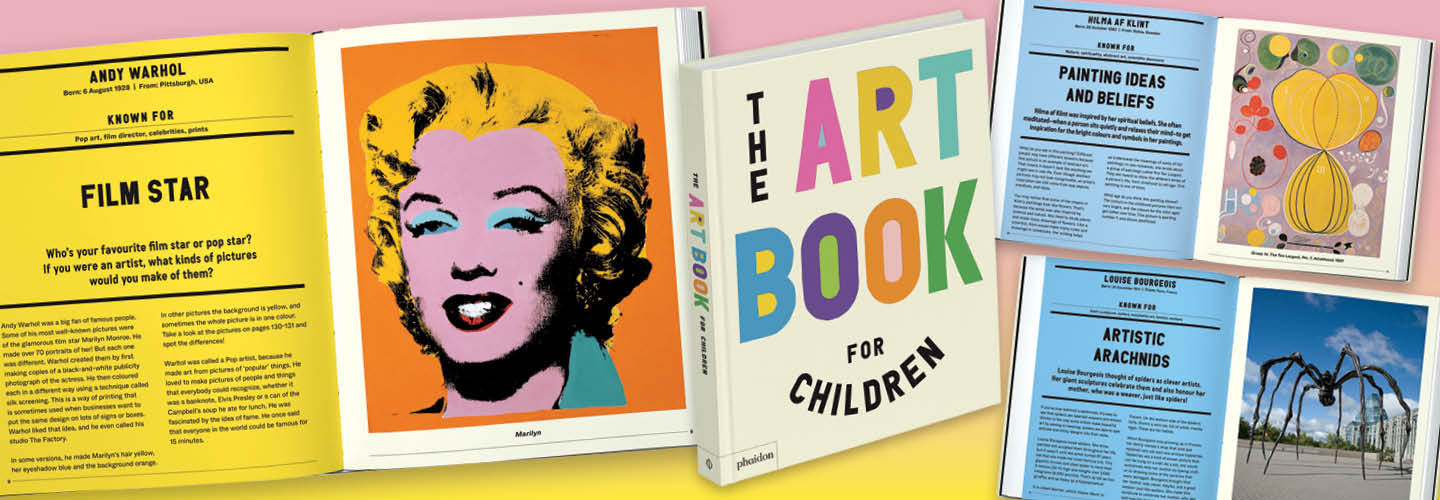Ferren Gipson
Ferren Gipson: Broadly speaking, I’m an art historian and artist. I write—sometimes books and sometimes articles—and I give talks. I also teach sometimes. One of the biggest themes across my work is storytelling: sharing stories from the art world and making them accessible to as many people as possible. My newest book is The Art Book for Children, a revised and expanded version of a book of the same name originally published 20 years ago.

